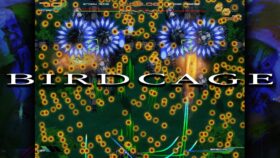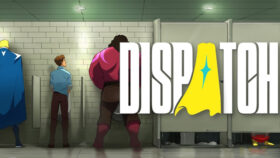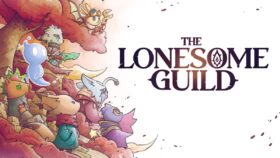Growing up is painful. I’m not just talking about the physical changes. In fact, I’m talking mostly about the social ones. We tend to protect children from the worst of the world, to create a blanket of comfort in which to grow. But once you are grown, the covers are torn off, and suddenly, the world is laid bare. All the pain, sorrow, and heartbreak you’ve been insulated against is raw and real, and the weight of responsibilities rests heavy on your shoulders, pushing you into the earth.
For all its depictions of monsters and magic, and its isekai-like tone, this is what South of Midnight is really about – growing up, learning what it means to be independent, and accepting the consequences of actions. Your own, and that of the people around you. It’s a game about discovering the nature of pain and powerlessness, and how they infect every part of the world.
But even in this exploration, South of Midnight maintains a note of hope, pairing magic and malady in a way that strengthens protagonist Hazel’s understanding of the world, and her place in it. While frequently dark and filled with snippets that chill the bones, Compulsion Games is artful in its manipulation of tone. The moment South of Midnight threatens to descend too heavily into despair, a fresh, bright, dynamic set piece reminds you of how beautiful its world – and your world – can be.
Pairing light with dark
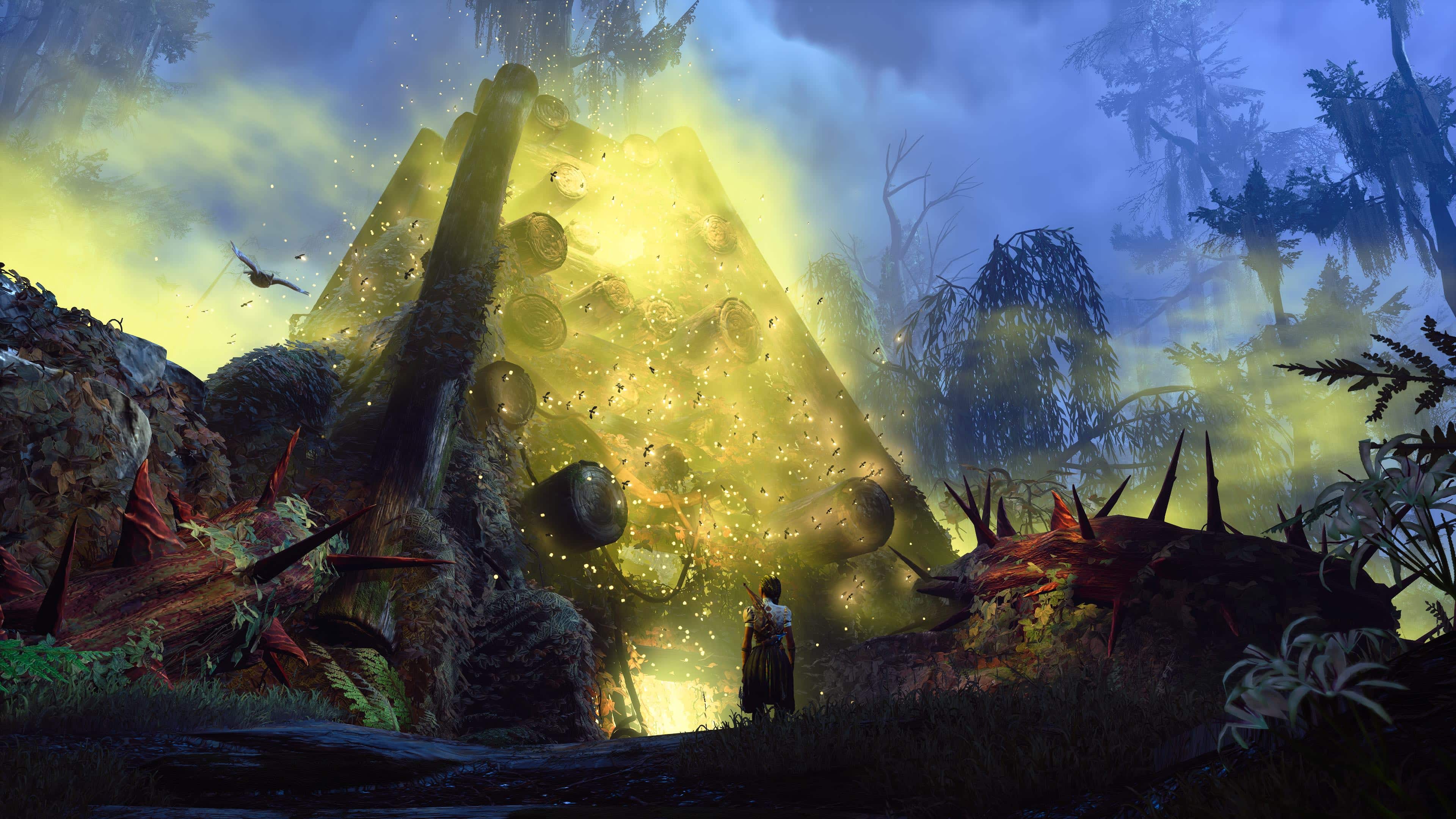
The game opens in the throes of disaster. A storm lashes Hazel’s hometown of Prospero, and she’s been left alone to pack up her things. Quietly reminiscing about her life in Prospero, Hazel brushes past an array of items that reveal much about the past – a charming stitched doll, trophies for track and field, photographs, and all manner of life’s souvenirs. It’s clear Hazel is in a transitional period – she still lives at home, but she’s starting to outgrow her bedroom, and the memories lining the walls.
In a rush, her mother comes home, having helped the other members of her community to prepare for the incoming storm. But Hazel is unhappy. She questions her mother’s obligations to her community first, and her daughter, second. What follows is an argument that transcends the game’s setting: Hazel wants companionship, and her mother wants her to be grown and independent.
Read: South of Midnight interview – Crafting a menagerie of “monsters”
This isn’t the traditional story of seeking independence, or brashly running away from home. Hazel and her mother clash, but they both understand their obligations, and the need to stay together through rough waters. Compulsion Games does well to balance the power here, ensuring Hazel and her mother stand on equal ground. Sharp dialogue, delivered by excellent voice actors, also elevates a tight script, ensuring that when real disaster strikes, and Hazel and her mother are separated, you’re enthralled by Hazel’s quest to reunite with her.
Through hardship comes growth. It’s only through this fracture that Hazel begins to understand the world, and to start forging her own path. So begins South of Midnight‘s quietly impactful coming of age story, with metaphor upon layered metaphor to depict Hazel’s growth.
Stepping forward into a world without her mother, the landscape of her township becomes surreal and strange. Scale goes out the window, as lands stretch on and on, and around every corner, there are literal monsters, all representing the foibles of humans. The journey plays out like the chapters of a fairytale, with an actual storybook defining each of Hazel’s steps.
It also charts her growth, as her outer monologue transitions from one of uncertainty and a need for help, to one made confident and stronger by her battles, and acceptance of her destiny. But even in this growth, she’s not presented as an infallible warrior.
At one point in the story, covered in mud and detritus, Hazel sits down and begins to weep, as the weight of her responsibilities close in. It’s an incredibly powerful moment, and one that makes Hazel a much more human, relatable character. All the while, a slow, moving soundtrack illuminates her moods, her impact on the world, and the struggles of those around her.
The weight of the Weave
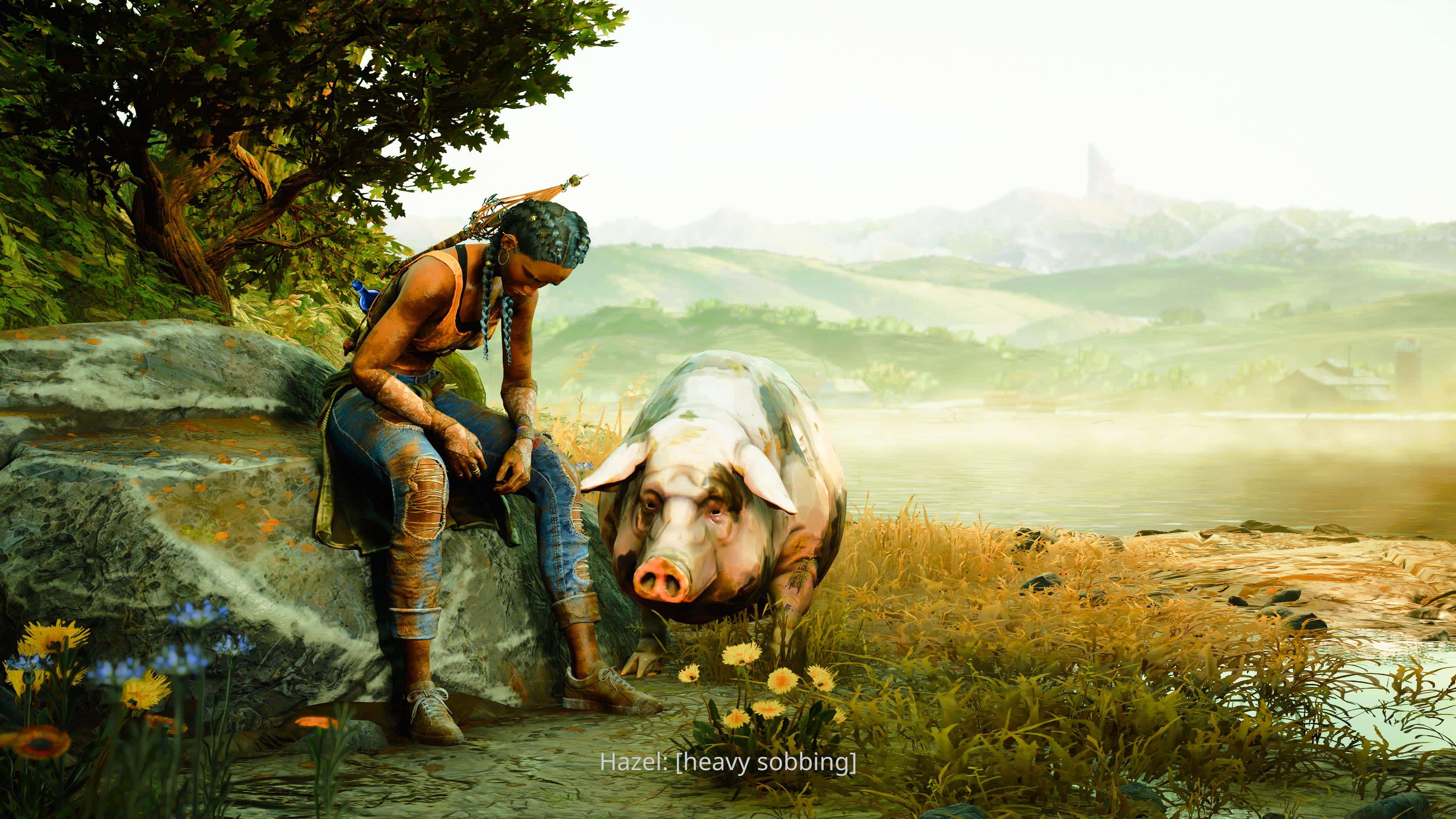
While South of Midnight leans into fantasy themes, and there is an overarching story of Hazel embracing magical powers inherited from her family, it’s important that this game isn’t a surface-level power fantasy. Sure, the game’s control are sleek and dynamic, and it’s excellent fun to jump, weave, and slash through the game’s many spindly, darkness-infused enemies. Being able to glide and fly along wind currents feels awesome (in the truest sense of the word), and expertly-designed worlds make exploration a pure joy.
But here, power is also a metaphor for adulthood, and the transition towards it. As Hazel journeys far from home, she discovers she’s a mythical “Weaver” – a person with the ability to heal the world, and reknit the fabric of reality. She’s there to listen, to absorb pain from others, and to fight for a brighter world.
In doing so, Hazel must confront the true horrors of the wold, in sequences that forcibly push her to grow stronger emotionally, and physically. It takes an emotional toll on the player as well, with each discovered note revealing a new crime, a new horror, a new reality.
Throughout her journey, Hazel discovers a menagerie of monsters, each more horrific than the last. She learns of child abuse, and bullying, and children being forgotten. She learns of anger and heartbreak, and about the toll of financial inequality. She learns about selfishness and grief, and how they twist people into horrid new shapes.
But Compulsion Games always pairs these encounters with that lighter touch, and an understanding that pain and heartbreak can be healed with love. With care, acceptance, and empathy. It’s not only Hazel who needs to learn this lesson – the writing invites audiences in, to see themselves in Hazel, to see themselves in the monsters. To demonstrate their own compassion for the world.

Even as the game introduces stranger, more uncanny worlds, even as its combat grows somewhat repetitive, South of Midnight remains committed to its core themes of love, growth, unity, and maturity, delivering an experience that you’ll likely think about well after the credits roll.
It’s rare that a game arrives feeling so sure of itself, and with such brilliance backing it.
Prior to launch, South of Midnight looked like something special, with incredible aesthetics and a compelling soundtrack revealed in early trailers. But South of Midnight eclipses even these glimpses, brimming with a confidence and a surety that is so brilliantly compelling. There is such imagination and creativity in this game that even these words aren’t enough to sum it up.
South of Midnight is an incredible experience – and a rare fantasy adventure that grasps deeper themes whole-heartedly, telling a story that is cinematic, dynamic, beautiful, and heart-wrenching at every turn. What a wonderful world we live in, that games like South of Midnight exist.
Five stars: ★★★★★
South of Midnight
Platform(s): Xbox Series X/S, PC
Developer: Compulsion Games
Publisher: Xbox Game Studios
Release Date: 8 April 2025
An Xbox Series X/S code for South of Midnight was provided by the publisher for the purposes of this review.



